Leash pulling is one of the most complained about dog behaviors. It’s not just annoying, it can be dangerous if your dog is stronger than you, gets away from you, or causes you to fall. Obviously, the only way to stop leash pulling is training. But while you are working with your trainer, some may need help managing the behavior until their dog has learned leash manners.
What’s “managing a behavior”?
Managing a behavior is a way of helping to make sure your dog can’t practice the behavior you are trying to change. Management should always be non-corrective, kind, and not something that causes fear. For example, if you have a dog that is overly-friendly with his greetings when people come to your home, and you are working on sit to greet, a way to manage this while in training is to put your dog in a kennel or another room until your guests have come in and settled down. Then you can bring your dog out on leash in a calm and controlled manner.
For leash pulling, it comes down to the devices you use to walk your dog. You have so many options when it comes to leashes, collars, and harnesses, that it can be hard to know what to use.
Related: 11 Best No Pull Dog Harnesses (+ 1 to Avoid)
Collars
First, collars are great for attaching ID tags and for dogs that are trained to walk nicely on the leash. For dogs that pull, collars (of any type) can cause head, neck and even trachea damage. They give you no control and are not helpful in kindly managing the behavior. Collars such as choke and prong should never be used on a dog.
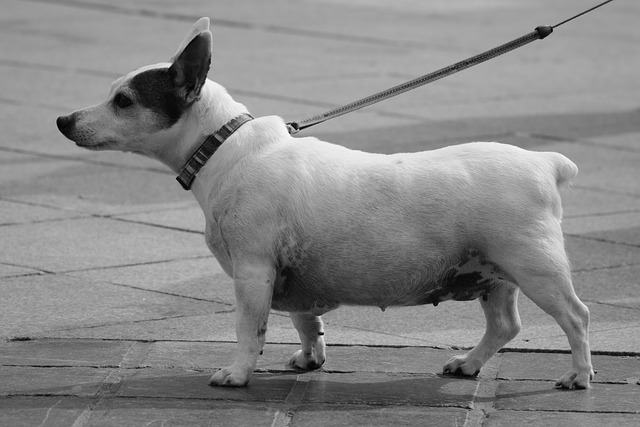
Harnesses
So that leaves you with a harness, right? But harnesses prevent problems, as well. Check out the image below:
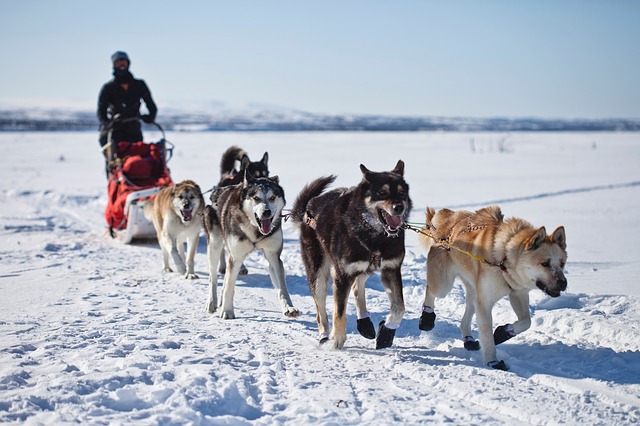
What do huskies wear when pulling a sled? A harness of course! Harness were originally designed to help a dog pull! They are fashioned with the same idea as a horse harness, which are used to pull a plow, wagon, or even a log.
Many of you have probably found out about this the hard way. You wanted to be kind to your dog and bought a harness and now he pulls even harder than ever!

So regular harnesses, like the one pictured above, are going to enable your dog to pull more than a collar, and should be avoided on dogs that are not yet leash trained.
No-pull Harnesses
You may be thinking, “So there’s nothing that can help me with my dog that pulls me down the block every day?” Don’t despair, there is something you can use to help manage your dog’s pulling while in training. Your new best friend is going to be a no-pull harness.
A no-pull harness, or front-clasping harness, has a ring in the center of the chest strap where you attach your leash. Now, when your dog starts to move forward, the leash steers him around, back to you, making it harder for him to pull.
There are many of these on the market, and I do have some favorites I’d recommend. You may have to experiment to find the one that works right for your dog. Here are some of the ones I like:
The Freedom Harness – it has a velvet band on the underside so it’s good for dogs with sensitive skin or short-hair that may rub with regular nylon harnesses. The smallest size fits dogs as little as a 14” chest. They do have a double leash you can buy to use with it, but I personally find that method confusing to both dog and owner.
Positively No-Pull Harness – This one also has the velvet waist strap and is made very well. It comes in five sizes, with the smallest fitting a 18”-24” chest size.
In order for this type of harness to work, the harness needs to be snug enough that when your dog pulls, the whole front of the harness doesn’t just move sideways. If your dog has a narrower chest, it can be hard to find a font-clasp harness that fits correctly.
There are a couple things you can do. If you sew, you can adjust the length of the front chest strap or buy a regular harness that fits your dog correctly and securely attach a ring to the front chest piece – just be sure you use very strong thread and lots of reinforcement stitches, then test before you leave the house.
Otherwise, you can try a head halter. While some dogs do not like these, others seem to have no problem wearing them and they also work well to kindly manage your dog’s leash pulling.
Just remember these are only management tools and not replacement for training! Find a good positive reinforcement trainer in your area to help you teach your dog good leash manners or check out my online class, where you can learn at your own pace and on your own schedule.
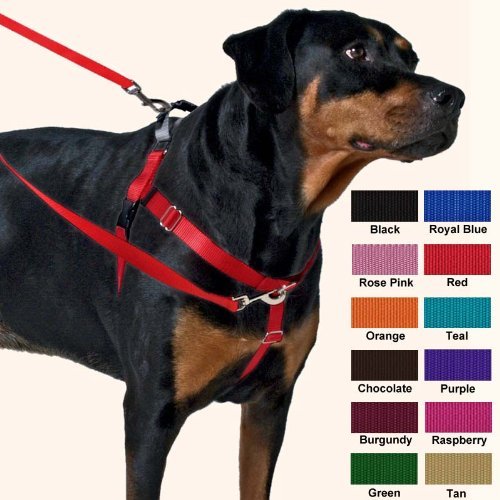
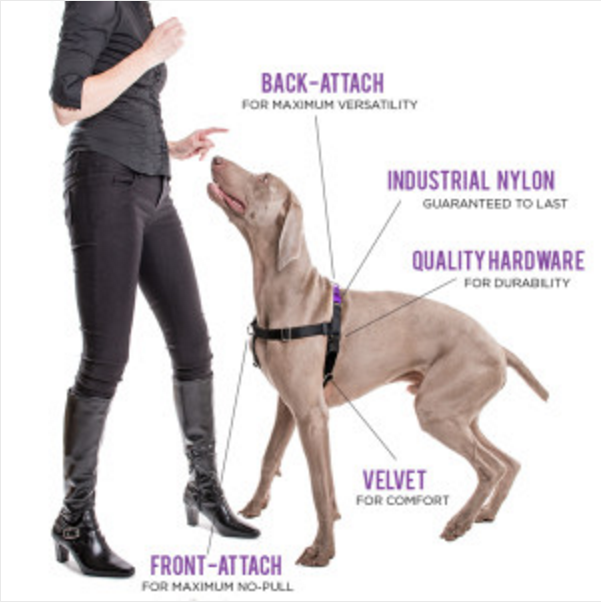
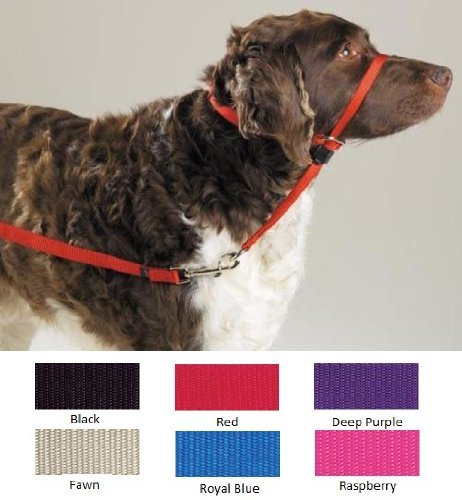
 Toledo, United States.
Toledo, United States.